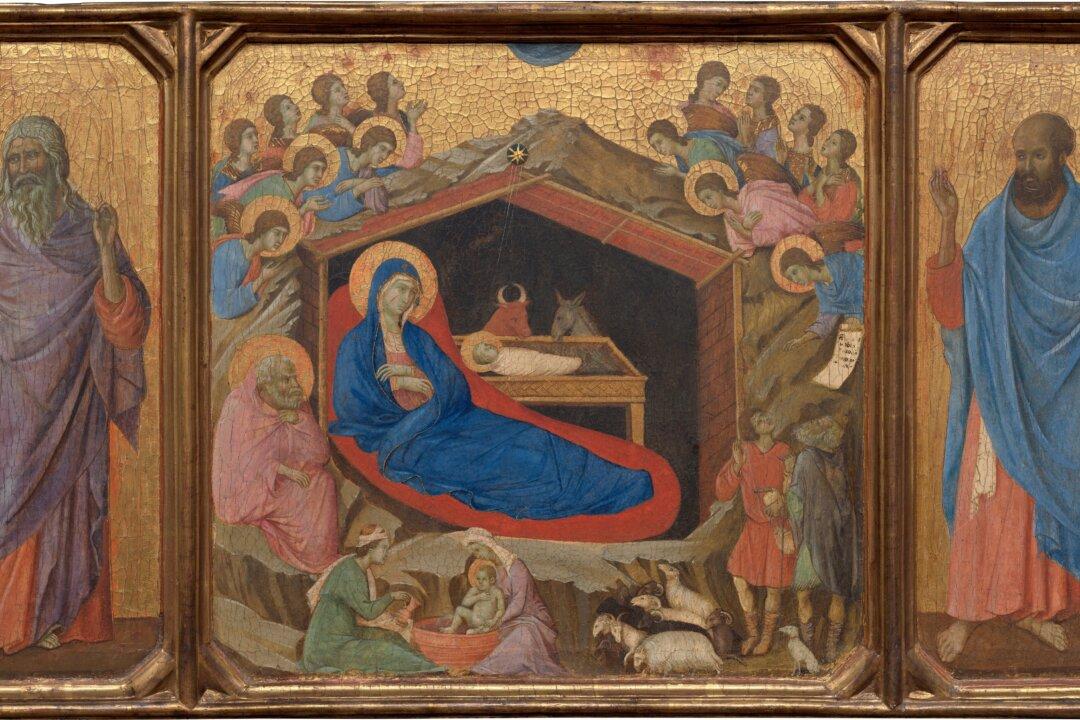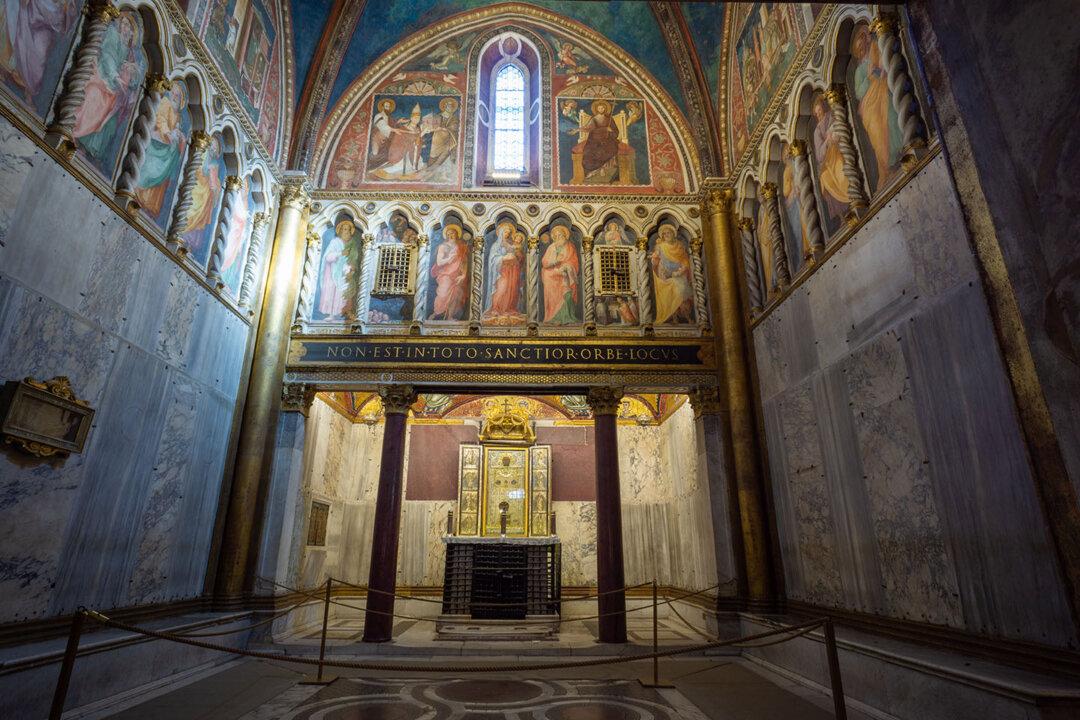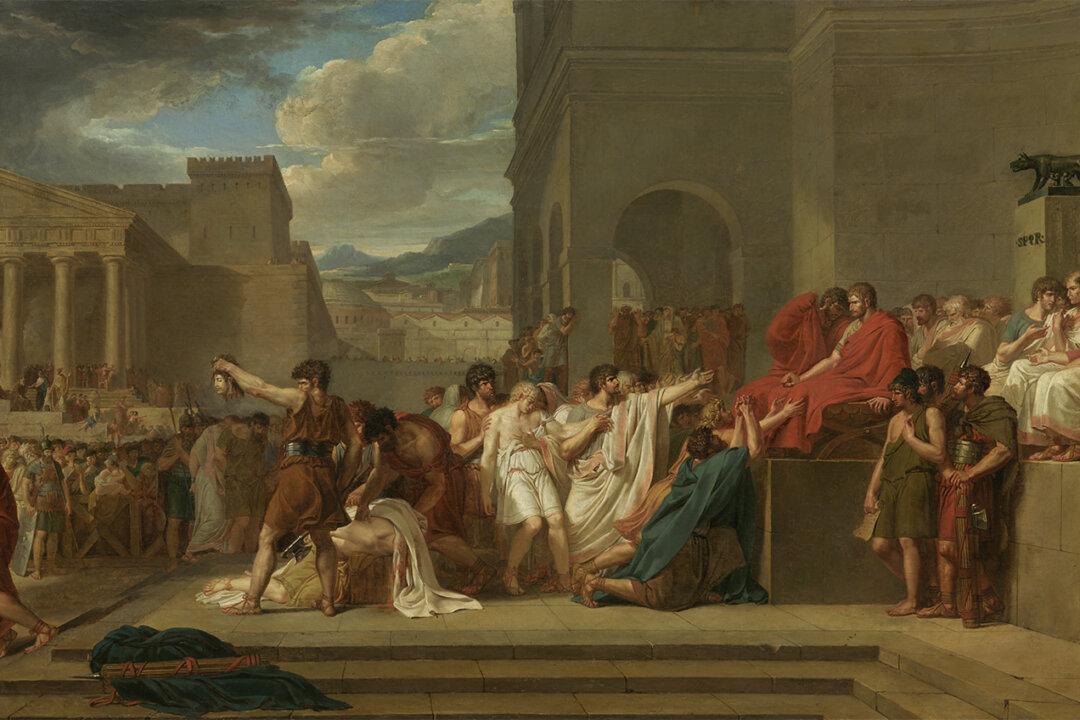A small exhibition of early modern Italian books and prints has opened at The Clark Art Institute in Williamstown, Massachusetts. It explores the familiar story of Renaissance art through an important but often overlooked medium—printed works on paper.
Between 1500 and 1800, engravings after famous artworks along with treatises discussing the theory and history of art-making, proliferated in Italian society and beyond. Those books and prints enabled a wide circulation of canonical images and facilitated a pan-European discussion of Italian art—crucially shaping the way we have understood that vigorous flowering of the arts known as the Renaissance.





